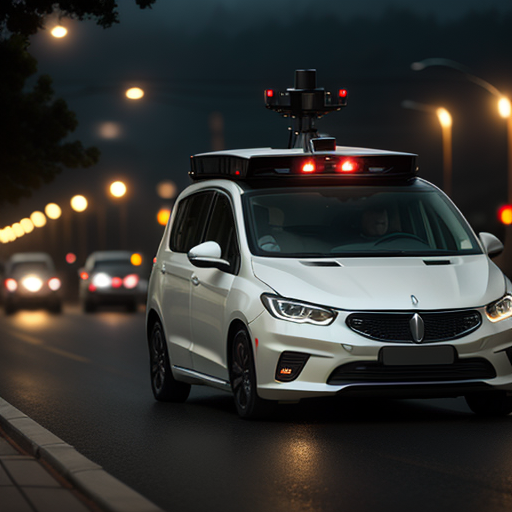Abstract
The field of research in Autonomous Driving (AD) systems has witnessed an explosion of activity in recent years. Guided by the well-motivated separation of the overall pipeline into perception, prediction, and planning tasks, many works have demonstrated success in individually tackling challenging problems within the individual tasks. Especially in the field of prediction, recent works have achieved impressive results in forecasting the future motion of agents surrounding an autonomous vehicle, while producing competitive performance on large-scale public benchmarks. However, the promise of safer and smoother driving decisions with the help of performant prediction has not been delivered. Downstream planning components did not automatically benefit from these advances. The current state of research demonstrates that prediction and planning must not be seen as isolated tasks but instead as interdependent subtasks whose integration within the self-driving system is crucial to the overall safety and performance. This paradigm shift requires rethinking the design of the individual systems, the interfaces connecting them, as well as the individual and joint metrics and the benchmarks promoting overall system performance. For example, an important question is how to promote the bidirectional interaction between the two systems, where a planner is fed predictions, while a predictor can also benefit from the knowledge of future plans. This workshop is centered around these questions. Its goal is to bring together researchers from the diverged fields of prediction and planning to find a common ground for the design of a joint prediction and planning system. We want to engage in discussions on suitable interfaces between these two adjacent tasks and encourage future work to address both tasks as a tightly interconnected problem.
















